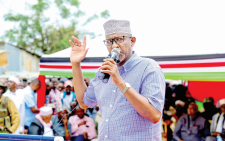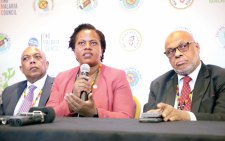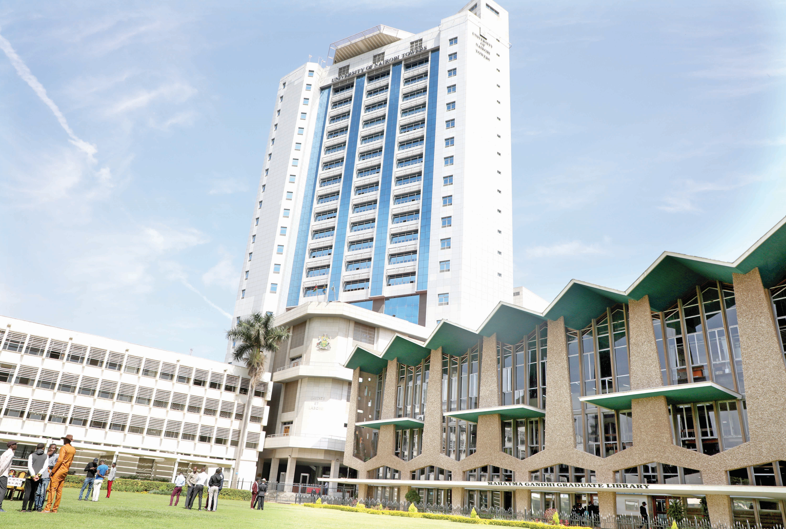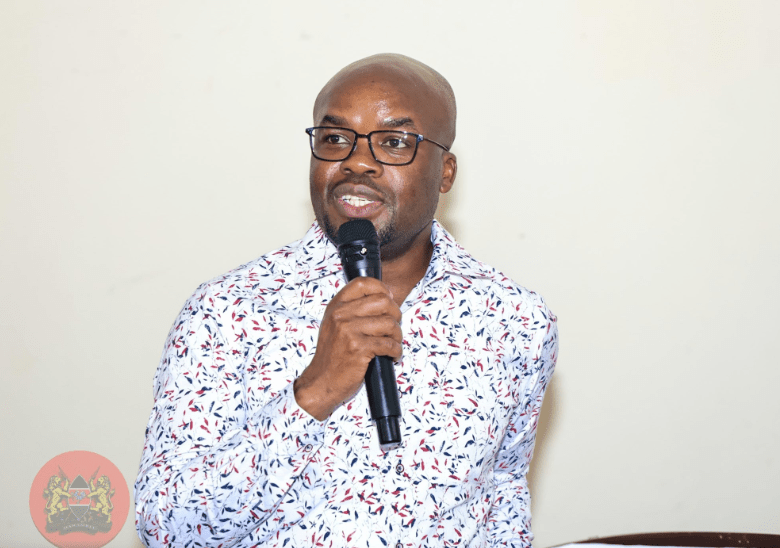Counties turn to community in fight against malaria
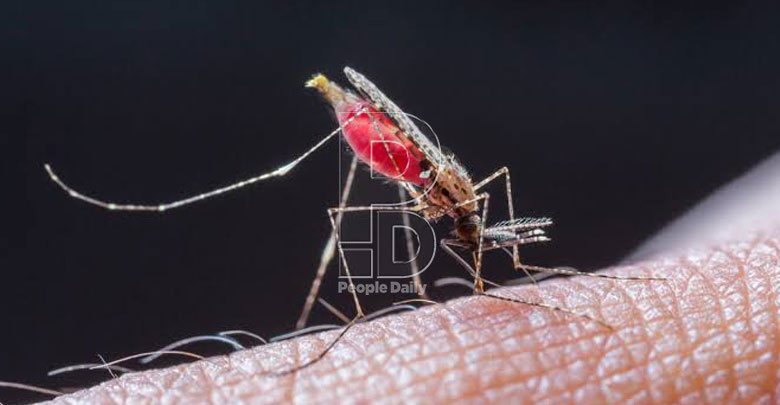
As malaria continues to threaten lives, counties where the diseases is a burden have been forced to look at different strategies and interventions to reduce prevalence and deaths.
Siaya and Kakamega counties are implementing community interventions including case management, community surveillance and malaria vaccination for pregnant mothers and children under one year.
They are also conducting community health education focusing on prevention and mass distribution of nets, targeting expectant mothers and children under one year.
Officials in the two counties are confident these strategies will go a long way in reducing the burden of malaria.
Siaya county malaria coordinator Eunice Oreri says new indicators show that malaria incidences have slightly dropped in Siaya county in recent years.
“Malaria is one of the leading cause of illness and deaths here in Siaya. But with the new invention strategies, we are to be able to turn around tables with regards to the disease prevalence and incidences in the county,” Oreri says, pointing out that introduction of the new strategies has seen the disease prevalence drop to 27 per cent, with the disease incidence standing at about 550 cases per 1,000.
The coordinator says the malaria vaccination Intermittent Preventive Ireatment in Pregnancy (IPTP) has been well embraced by mothers and is registering a positive uptake.
She notes that about 41,000 expectant mothers got the first dose of (IPTP) programme while about 24,000 are so far receiving the second dose.
“We did averagely over 90 per cent for the first dose of IPTP, but for the subsequent doses we are doing about 60 per cent,” she says.
Abigael Oduor, a community health services coordinator in Gem sub-county says community case management of malaria is turning to be a success approach in containing the deadly disease within the community.
Oduor says the initiative, driven by Community Health Volunteers (CHVs) has seen improved response in diagnosis and treatment of suspected malaria cases.
In the programme, she says CHVs are able to test for malaria and either recommend treatment if the results come out positive or give a referral if the result comes out negative.
CHVs were trained on how to conduct case management of malaria in the community level.
“On a typical day CHVs visit households, where they check on a number of issues including proper use of mosquito nets.
They also make enquiries if there is anyone presenting with signs and symptoms of malaria before proceeding to conduct test using diagnostic test kits,” explains Oduor.
The CHVs work in close collaboration with their linked health facilities. That they have created a rapport with the community where they are known to members has been vital in implementing interventions.
On treatment they have also been trained on the dosing schedule. “We expect an individual to take dosage for three days after which CHVs follow-up to check on the household and how they are progressing. Should there be no change they fill a referral form for the patient to go to the link facility for other tests,” she explains.
In Gem sub-county there are 394 CHVs, each of them man a population of 100 households. In some instances, the community members call them to conduct tests on suspected malaria cases.
Oduor notes that with the intervention, most cases of uncomplicated malaria don’t reach health facilities, but are handled by CHVs at community level.
As a result, she says the number of cases that progress to severe malaria have gone down.
“Initially, members of the community tended to go for self-medication, but with the CHVs within their reach, they no longer self-medicate and consequently the number of cases that proceed to severe malaria have also reduced,” adds Oduor.
In Kakamega, county director of health John Otieno says there has been positive change in malaria cases, which was at 38 per cent prevalence rate.
“We have noted the malaria curve is going down because of the sustained efforts from the government and stakeholders in tackling the disease,” Otieno says.
He says the malaria pilot vaccination programme happening in six sub-counties is averagely 60 per cent in uptake in the county.
The vaccination was rolled out in 2019 and is being piloted in Butere, Khwisero, Malava, Navakholo, Mumias West and Ikolomani sub-counties. Dorothy Binayo, deputy director at the county expanded programme on immunisation says the exercise uptake is fairly good, at 39 per cent at the start and around 49 per cent in the second year.
“The uptake is good, mothers are embracing and coming for the vaccination. The community is also accepting it,” she says.
The county, she says, targeted 4,957 monthly in 2020 and this year 5,100 for children under one year.
Save for a few mild side effects including fever among the children, Binayo says the process has had no major hiccups.
Dr Faustinah Sakari, county malaria programme officer says nearly 1.5 million suspected cases of malaria were tested in 2020 with 523,000 confirmed as malaria.
Sakari notes that there has been a reduction in malaria incidence across Kakamega in last four years from 2016. And just like in Siaya, the CHVs have contributed to this reduction.
Kakamega county has 4,220 CHVs manning 422 community units. The CHVs do household visitations, test and track suspected cases of malaria.
Tatuli Simwa, a clinical officer attached to Mukunga health facility in Mumias East, says the malaria control interventions has led to reduced burden of malaria at the hospital.
“From the numbers we used to receive at the facility compared to what we receiving currently, there is an indication that the trend is going down and measures in place are working,” Simwa says.
